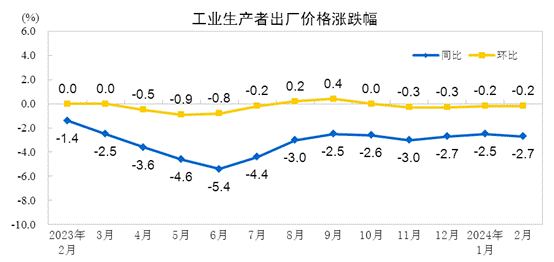JUST IN:
Crude oil futures in #China INE open up 9%, low sulfur fuel oil also rises 6.34%.
#Ironore futures up 2.7%, thermal coal advances 3%, #zinc and #aluminum rise 1.8%.
Rapeseed meal and soybean meal are running off the reason peak.


Crude oil futures in #China INE open up 9%, low sulfur fuel oil also rises 6.34%.
#Ironore futures up 2.7%, thermal coal advances 3%, #zinc and #aluminum rise 1.8%.
Rapeseed meal and soybean meal are running off the reason peak.



Crude oil futures in INE surges 11%, hitting the limit-up, low sulfur fuel oil jumps 9.4%.
#China #Futures #OOTT #inflation
#China #Futures #OOTT #inflation

DCE iron ore futures extended gains to 5.7%, to 788 yuan per tonne.
SGX iron ore rises 6%, back to above $150 per tonne.
#Ironore #China
SGX iron ore rises 6%, back to above $150 per tonne.
#Ironore #China

Thermal coal futures surge 6% on Thursday, trading at 884.8 yuan per tonne.
#China #Coal #Coaltwitter
#China #Coal #Coaltwitter

Iron ore is now surging more than 9% today.
Everbright Futures says the marginal increase from the demand side has supported the #Ironore, especially the capacity curb in #Tangshan is overestimated during the #Twosessions.
#China
Everbright Futures says the marginal increase from the demand side has supported the #Ironore, especially the capacity curb in #Tangshan is overestimated during the #Twosessions.
#China

• • •
Missing some Tweet in this thread? You can try to
force a refresh























